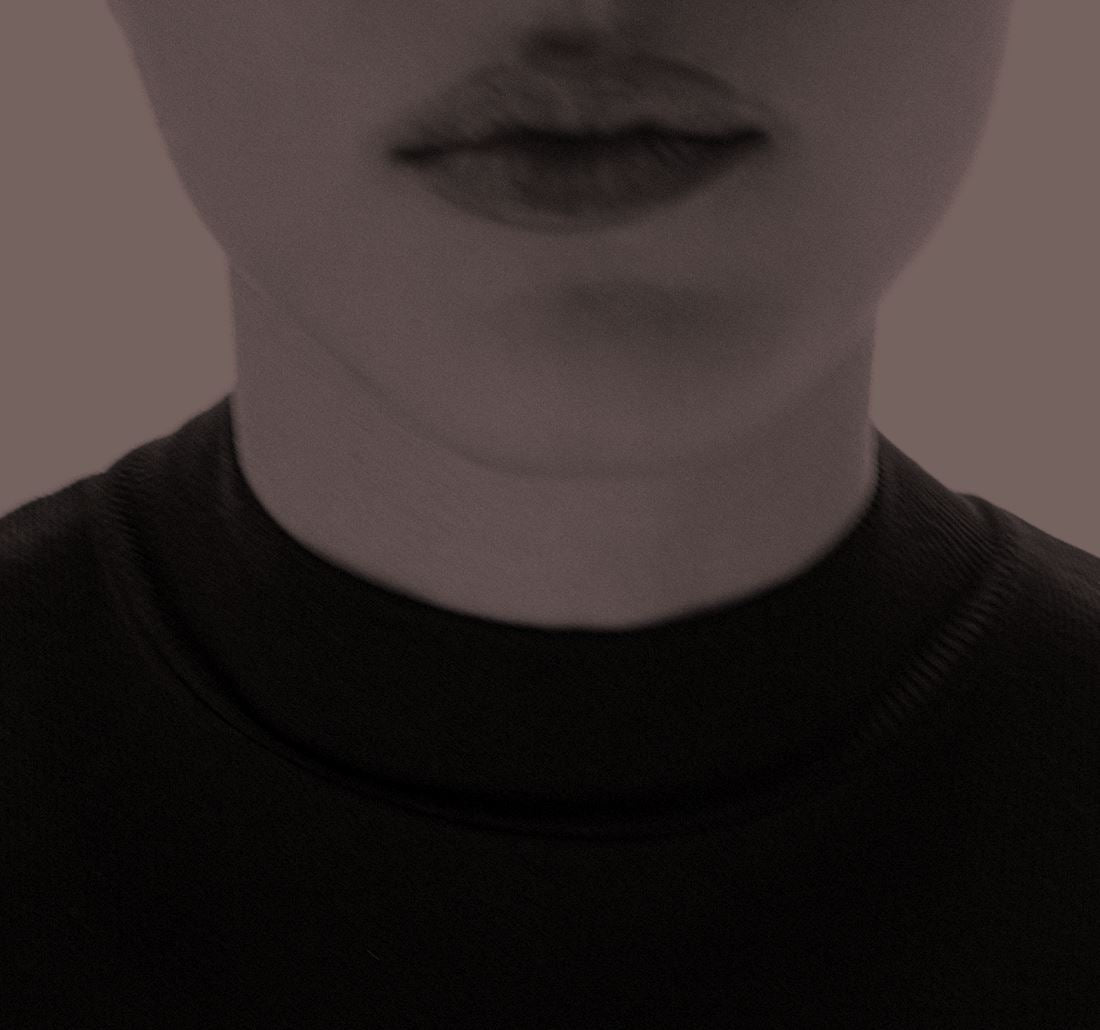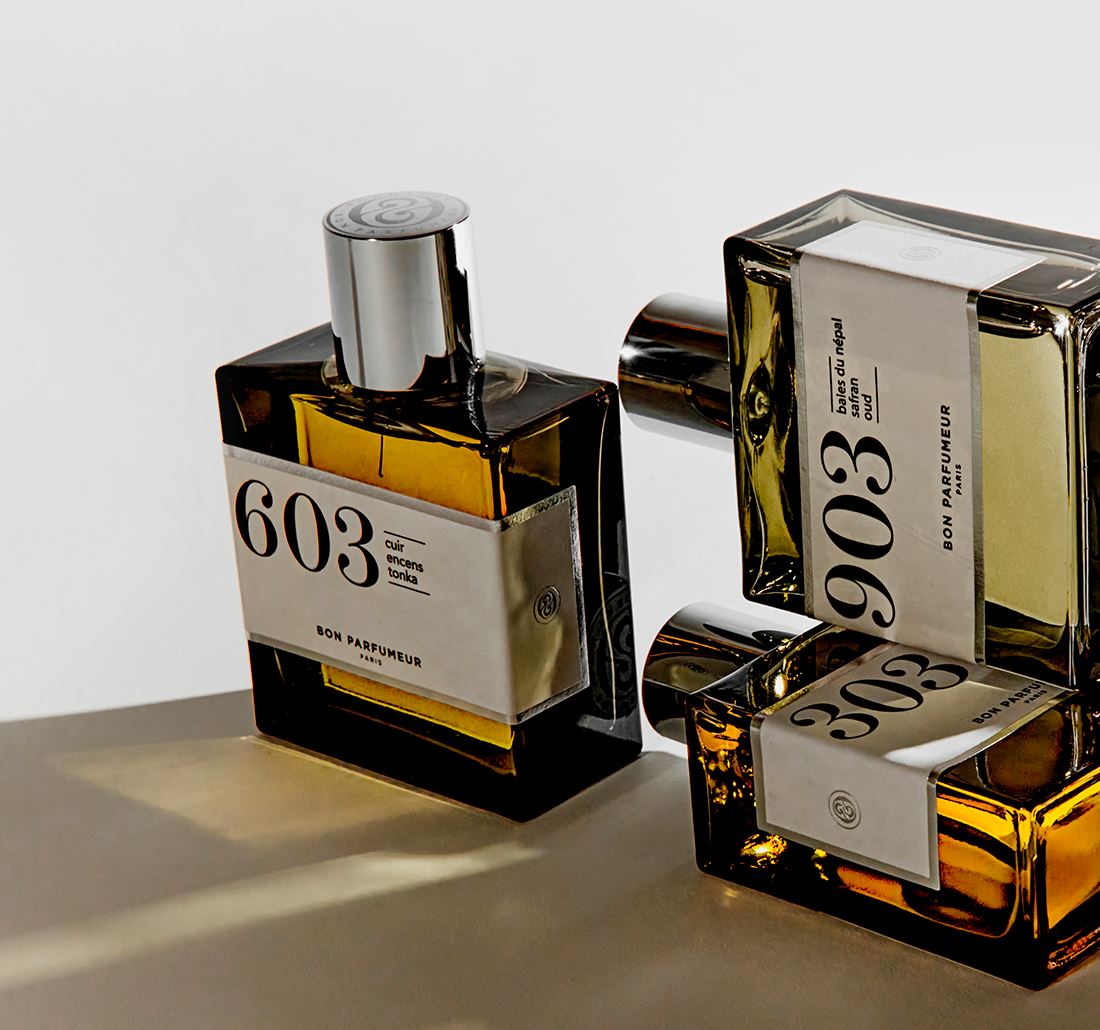We're focusing on ingredients for the new launch of 106 perfume. It smells of natural rose, fresh garden rose, but this fragrance is also sweet and vanilla-like. Here are a few details about its olfactory pyramid.
Before we even unpack the “olfactory pyramid” and the “ top, middle, and base notes,” we’ll give you some keys to understanding this somewhat technical vocabulary. Depending on their volatility (or persistence), ingredients are classified into three levels:
-Top notes: Volatile notes, the freshest ones that we smell during the first few minutes.
-Heart notes: Notes that create the identity of the perfume because they last for several hours. These are often flowers and spices.
-Base notes: Lingering notes that give the scent a trail that can be smelled for hours, or even days on clothes... Woods and musks also serve to fix, "hold" the heart and top notes.
Here are the notes for 106:
Head
› Rose Damascena: fruity rose
› Pink berry: spicy, fruity
› Ambrette seed: sweet, powdery
Heart
› Davana: fruity, sweet
› Rose Essential: very fresh rose
› Papyrus: woody, dry
Bottom
› Vanilla: addictive, round
› Peruvian Balsam: soft, smooth
› Sandalwood: warm, milky
What does the Rose Damascena look like?
In perfumery, we use two varieties of roses: the May rose and the Damascena. Two magnificent names, but no clue as to their scents! We used the Damascena rose in 106; it has less honey than the Centifolia, more lychee, more raspberry, and a fresher top note.
What does Davana look like?
This green leaf comes directly from India. Don't be fooled! Its green color has nothing to do with its scent. At the heart of the fragrances, davana reveals very fruity, almost cherry-like, and velvety facets. In short, a powerful, liqueur-like note.
And the ambrette seed?
It's a pretty little seed that grows in Peru. It's found at the heart of a large yellow flower that resembles a hibiscus. The scent of ambrette seeds is powdery, musky, and warm—a real delight. It's a wonderful alternative to using animal-derived musks.





